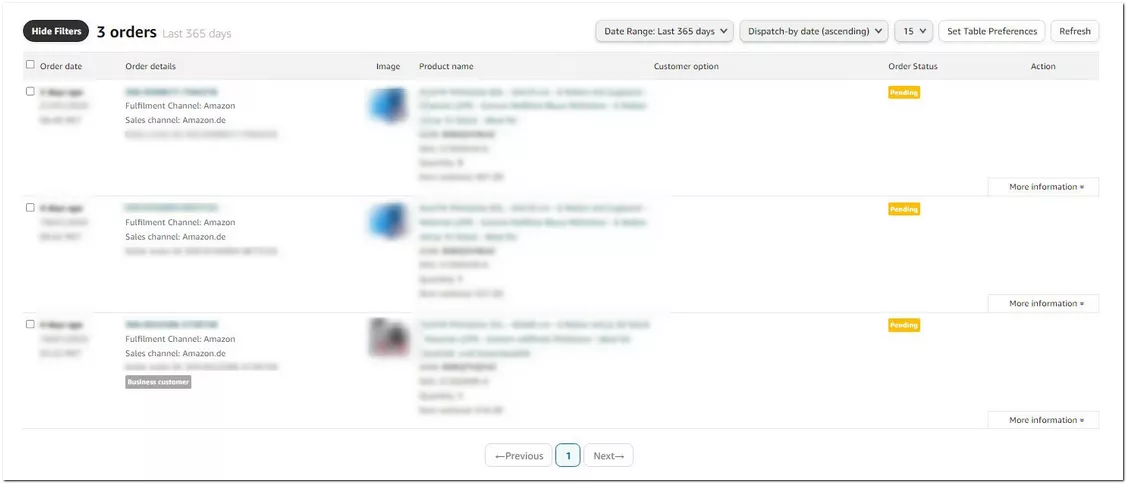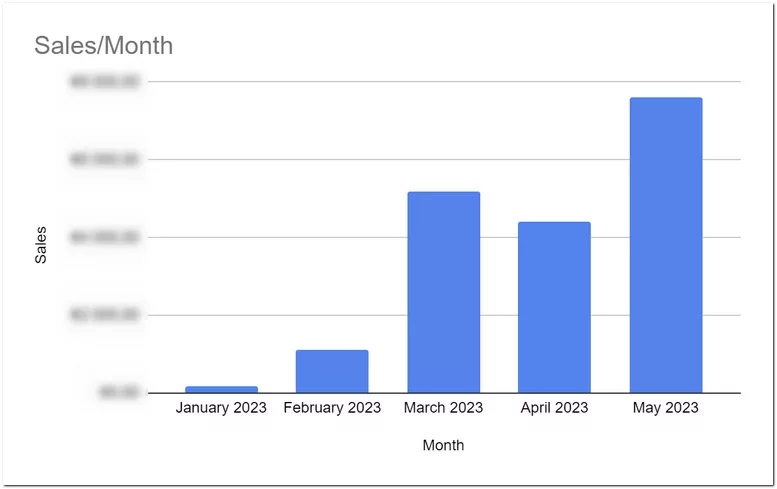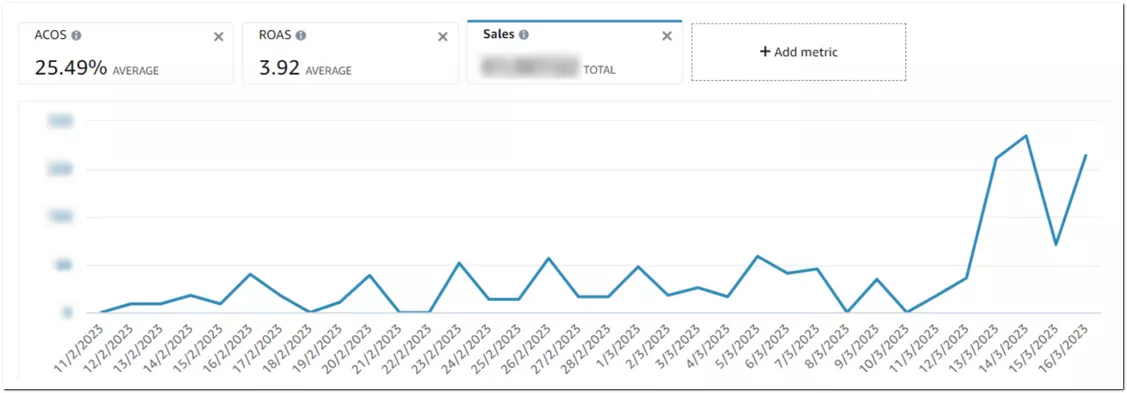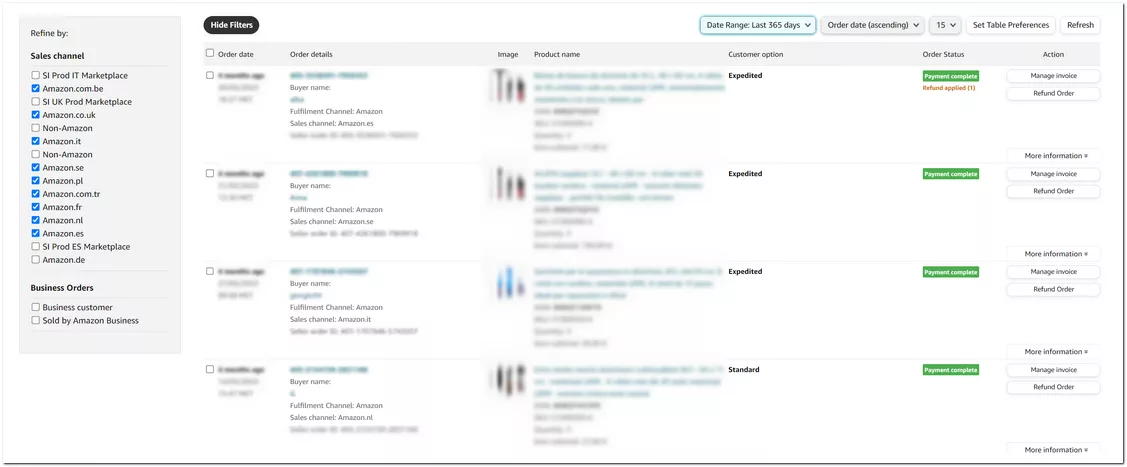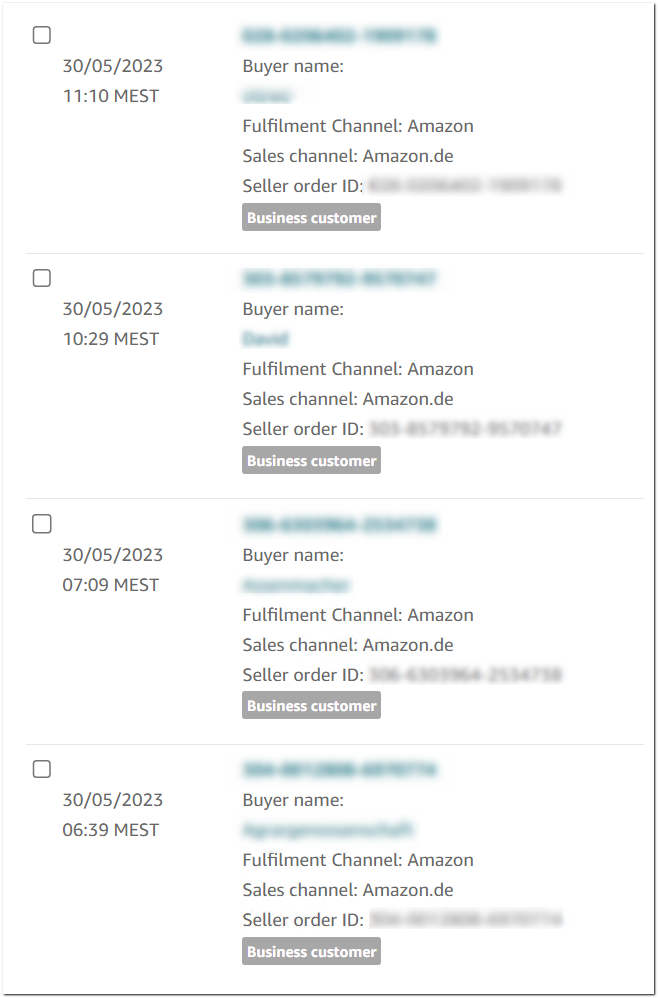How to Successfully Enter the European Market with Amazon and Achieve 300% MoM Growth: Biosphere's Case Study
When a company wants to expand into international markets, using a marketplace can be one of the most effective ways. With the right approach, analysis, and opportunities offered by such platforms, the first conversions can be achieved even before the products are delivered to the warehouses. Biosphere Corporation which has been in business for over 25 years and sells its products in over 25 countries, partnered with Netpeak to try a new tool – Amazon. This case study details their journey and results.
Niche: Household and personal care products.
The Client
Biosphere Corporation is one of Ukraine’s largest manufacturers and distributors of household and personal care products. The company owns 14 brands, including such well-known brands as Freken BOK, Smile, Bambik, Novita, Selpak, Vortex, ALUFIX and many others. Notably, in 2018 and 2019, the Biosphere brand and its flagship brands Freken BOK and Smile were recognized among the top 100 most expensive brands in Ukraine.
The Promotional Objectives
The company was exploring the prospects of entering foreign marketplaces and wanted to analyze the competition and opportunities for selling on different platforms and in various regions.
The partners approached Netpeak with the following requests:
- Select the best marketplace, market, and product list to start selling.
- Enter new markets.
- Increase revenue through marketplace sales.
- Increase brand awareness on marketplaces.
What We Did
We chose Amazon as the most promising option for promotion. This is the most appropriate marketplace for Biosphere Corporation’s products because of
- Its large customer base.
- Multi-regional presence.
- A ready-made fulfillment solution – storing and delivering products to customers.
1. Niche and product analysis on Amazon:
- Niches with high total revenue and relatively low competition for a quick start and scaling sales.
- Niches where it is not recommended to launch products due to high competition, low sales volume, and low product margins.
The general niche analysis allowed us to determine the product line to launch.
Learn more about this in Low-Profit Niches for Beginners to Avoid on Amazon.
We then began a deeper analysis of the selected niches:
- Identified key competitors.
- Studied their product range, reviews, and photo quality.
- Studied the sales level of each product.
It was at this stage that we decided on the country and niches for the launch. We chose Germany as the starting point for sales. It turned out to be the most promising market for Biosphere in terms of demand, competition, and further scaling.
2. Creating and optimizing listings on Amazon.
A listing is a product card with a detailed description and photo. A listing can contain multiple listings from sellers. The customer decides which one to buy. Your job is to make your listing as relevant and attractive as possible.
At the same time, if you are a manufacturer and brand owner and do not sell to other resellers, you may not have any competitors on the listing itself because they don’t have your products.
- We collected the semantic core for each listing and prepared technical specifications for content creation. To guide our optimization process, we relied on Amazon SEO principles — they help listings rank higher and convert better.
- Once sales started, we further optimized the existing listings and created and launched advertising campaigns.
For ad campaigns to be effective, it’s important to understand the fundamentals of Amazon PPC — from choosing the right ad types to managing bids and analyzing performance. Check out our in-depth article to get to know how to develop Amazon PPC strategy that actually scales in competitive niches.
3. Prepared shipment, a list of requirements, and recommendations for packing and shipping the first batch of products to Amazon.
The shipping label allows you to provide accurate information about the product so that Amazon can accept it in their warehouse.
4. Launched the Vine program to get feedback on listings.
5. Expanded our product line based on demand for existing products, feedback, and customer preferences.
The Results
1. Thanks to niche analysis and high-quality listing optimization, we received pre-orders for products even before they were delivered to the Amazon warehouse.
2. The average month-over-month sales growth, excluding the first launch month, was 328%. The growth rate was limited by the number of products available to order. In April, we encountered a situation where sales exceeded the capacity to deliver a new batch of products to Amazon.
3. The number of purchases and sessions increased accordingly.
4. ACOS (the percentage of money spent on PPC campaigns to the amount earned) at the time of launching the advertising campaigns for the promotional period was 25.49%, with a percentage of conversions per click of 13.6%.
5. During the promotion period, we attracted clients not only from Germany but also from Spain, Italy, Netherlands, Belgium, Austria, and Sweden.
6. Thanks to the availability of special prices and variations with many items in the set, 17.04% of sales came from business customers. B2B customers often become regular customers, and sometimes the cooperation with them goes beyond Amazon. In general, such collaboration makes it possible to sell more products in one order compared to B2C, which reduces fulfillment costs.
Related Articles
What Is Amazon Brand Registry and How Does It Work?
In this article, I will explain the program's features, how to register your brand, and how to improve product promotion using the program. I will also present some successful case studies
How to Improve Content with Natural Language Processing
In this article, I will explain what natural language processing (NLP) is and how to apply it in practice with examples
How PPC, SEO and Link Building Shape Your Visibility in AI Search
Explore how PPC, SEO, and link building contribute to your brand’s visibility in AI search results. Learn how these strategies intersect and why they’re essential for success in the evolving digital landscape.

